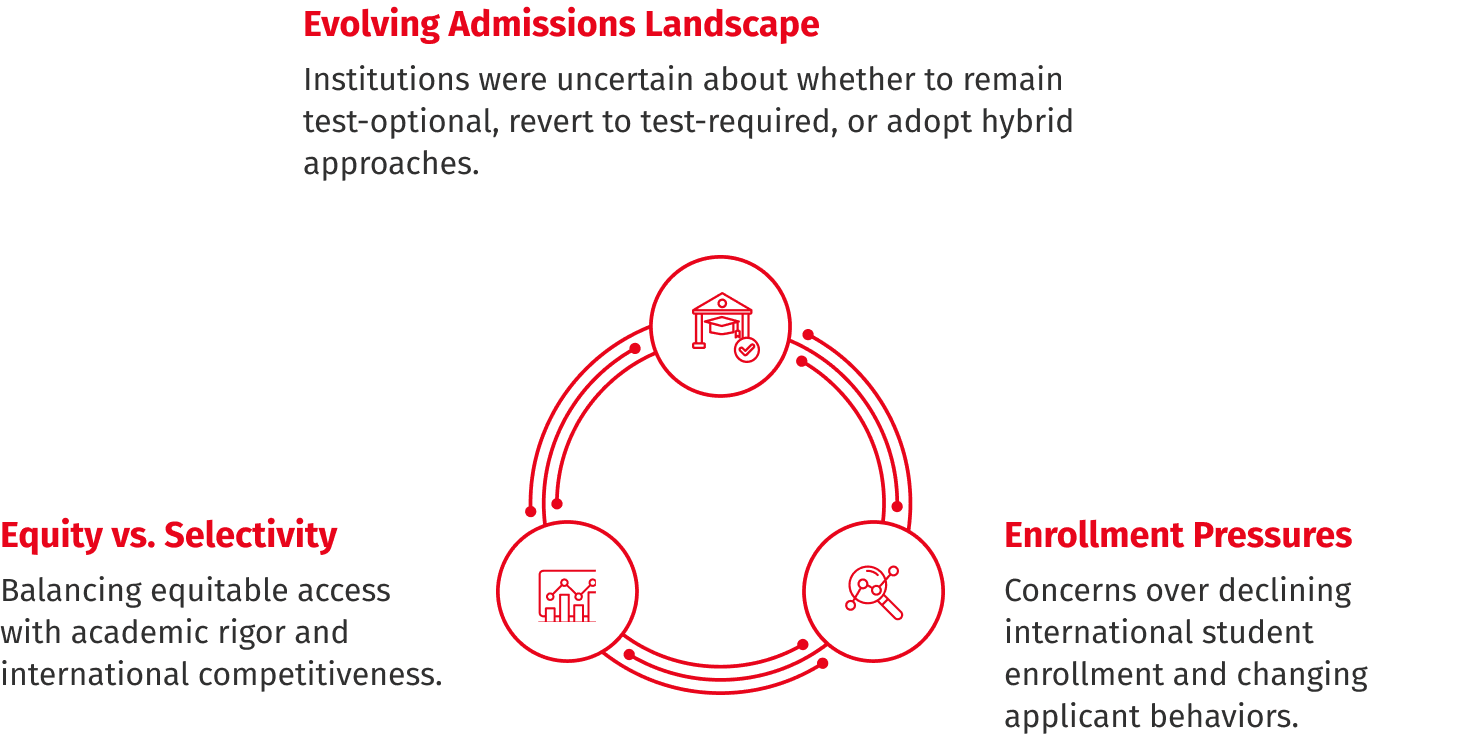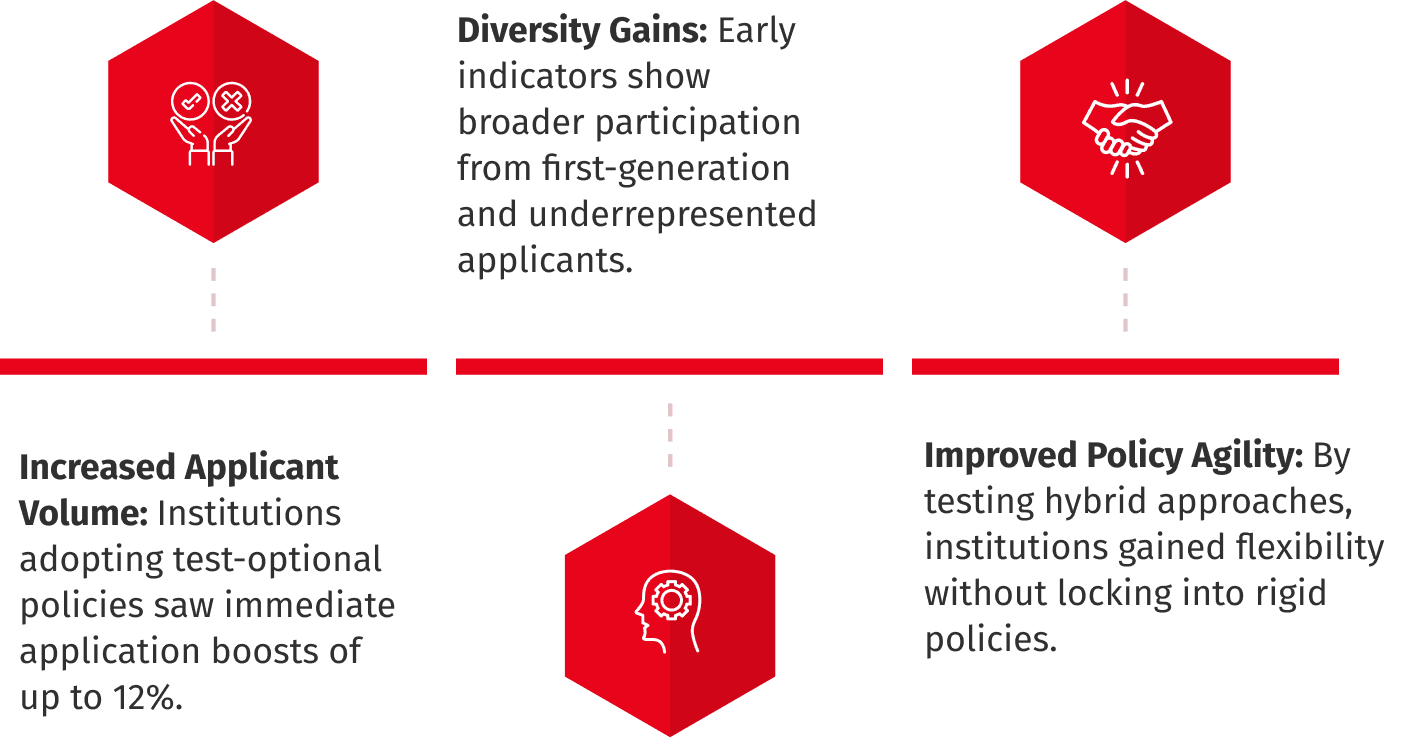
Education
Navigating Graduate Admissions in a Shifting Testing Landscape


The higher education landscape in the U.S. is undergoing a significant transformation as graduate programs reevaluate their reliance on standardized tests like the GRE and GMAT. While many institutions adopted test-optional policies during COVID-19, the debate continues whether these policies best serve enrollment, equity, and academic quality goals. This case study explores how Jasper Colin partnered with graduate admissions leaders to understand decision-making patterns, enrollment implications, and future testing trends.
A leading consortium of graduate institutions sought to address critical challenges:

The consortium required actionable insights to refine admissions strategies, benchmark against peer institutions, and anticipate the impact of policy changes on enrollment pipelines.
Jasper Colin designed and executed a structured multi-stage market research study:
1. Test Policy Landscape
2. Impact on Enrollment
3. GRE Format Change
4. Enrollment Outlook
Short-Term (1-2 years):
Long-Term (3-5 years):

At Jasper Colin, we combine rigorous survey design, advanced analytics, and deep domain expertise to deliver clarity in moments of uncertainty. For graduate admissions leaders, our work enabled:
Our approach ensures that institutions not only react to changes like the test-optional movement but also proactively shape future-ready admissions strategies.